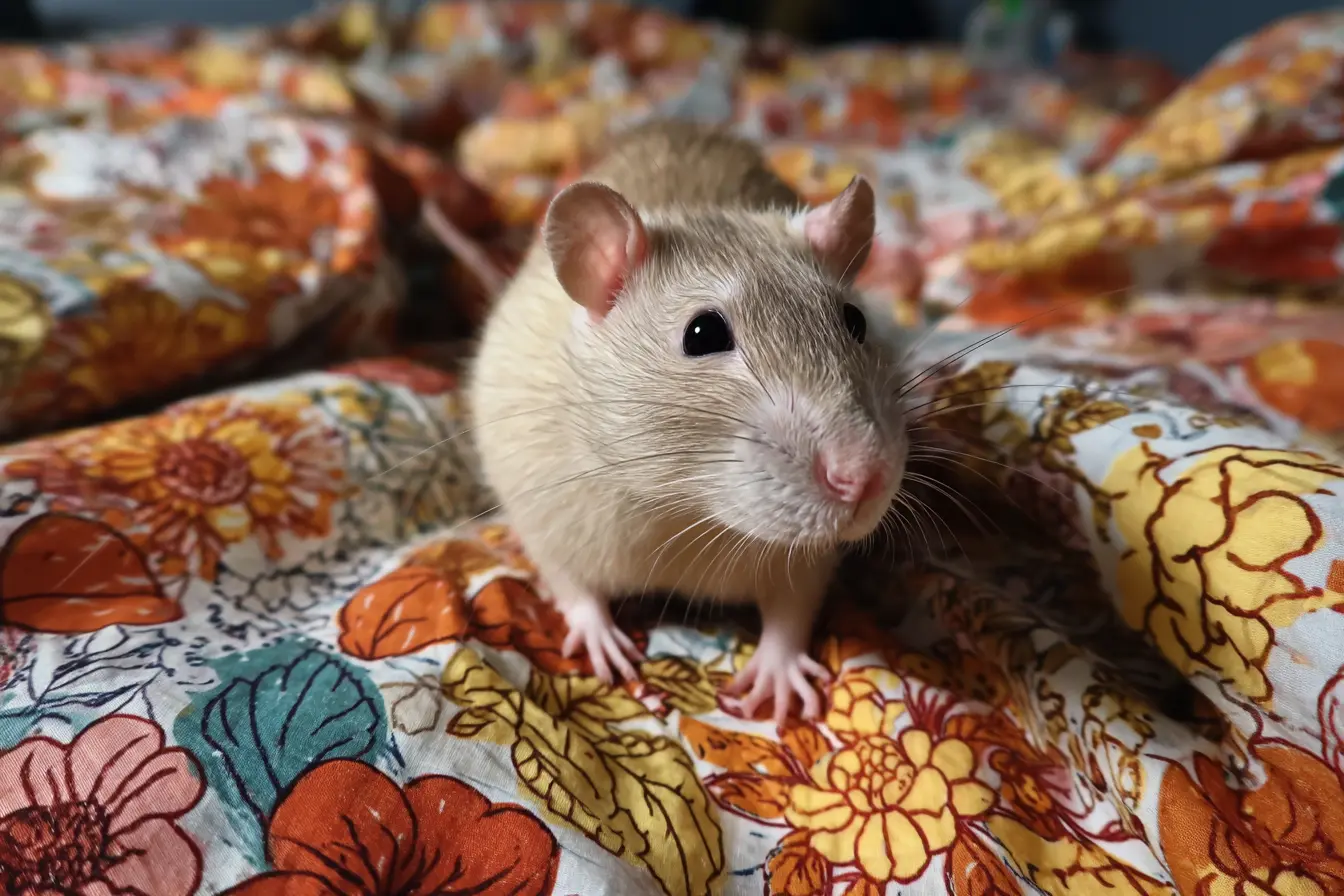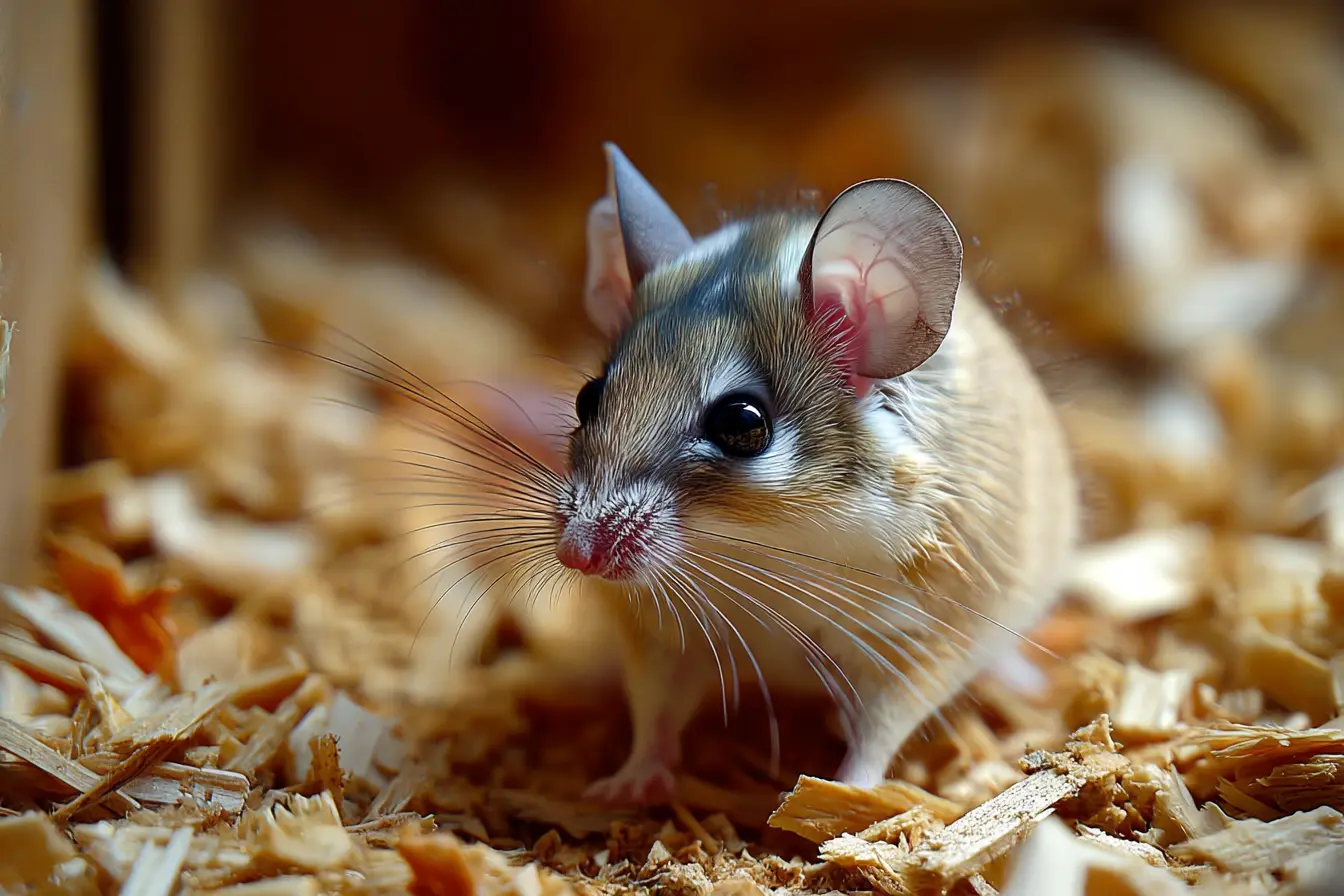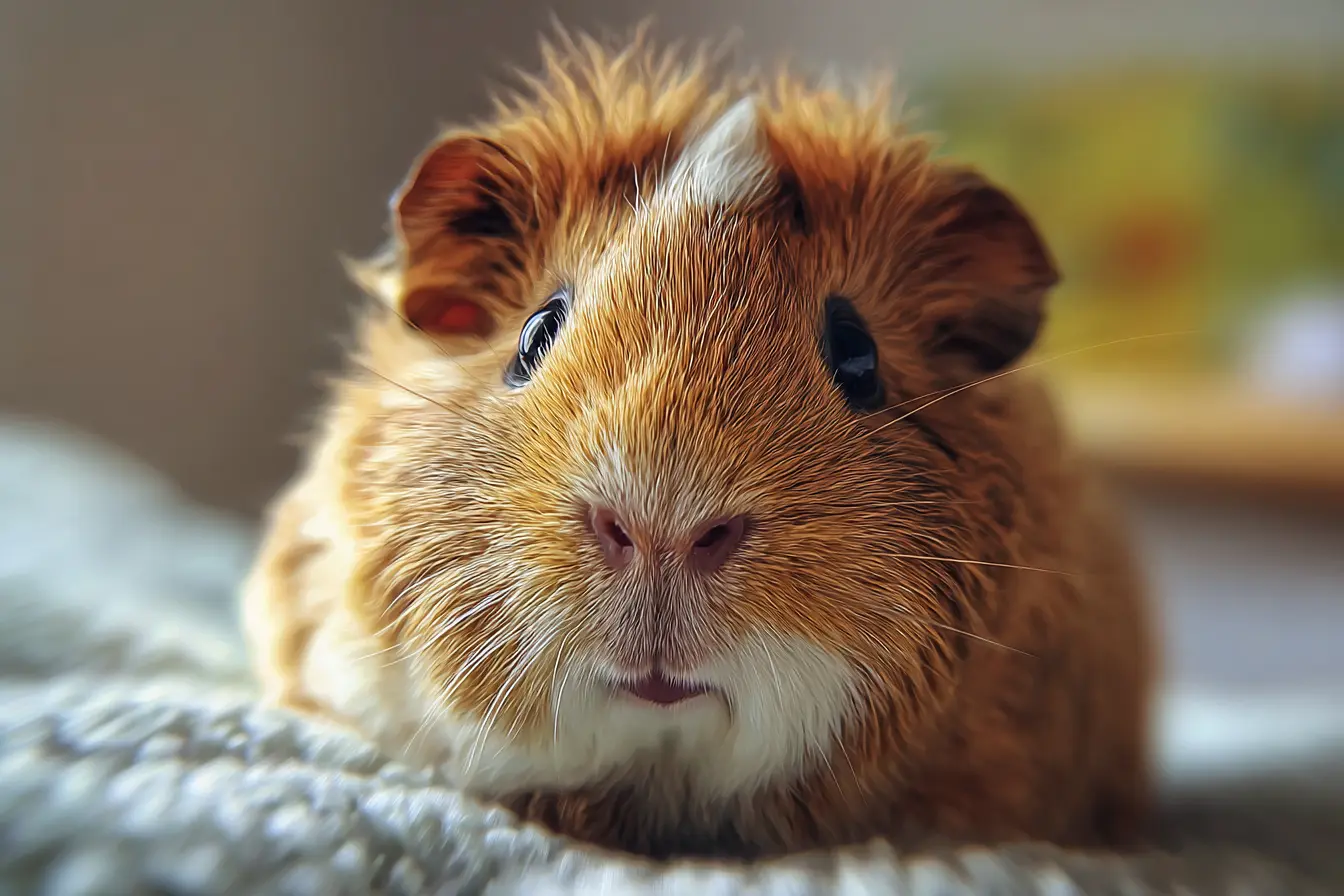
Choosing the Right Cage for Pet Ferrets
Ferrets are playful, inquisitive, and energetic animals that thrive in environments that cater to their unique behaviour. While they need plenty of time outside their cage each day for free-roaming and exploration, their enclosure is still a crucial part of their wellbeing. The right cage provides safety, comfort, enrichment, and a place to rest and recharge. This guide outlines all the key considerations for choosing a suitable cage for pet ferrets.
Understanding Ferret Behaviour
Ferrets are natural explorers and climbers. They are highly intelligent, enjoy digging, and require stimulation to stay happy. When they’re not bouncing around or playing, ferrets sleep deeply for long periods — often up to eighteen hours a day.
Your ferret's cage should accommodate both extremes: active exploration and restful retreat. It also needs to be secure enough to prevent escapes, as ferrets are adept at squeezing through small spaces and opening poorly designed latches.
Size and Space
Ferrets need a large cage with plenty of room to move, climb, and explore. A multi-level cage with ramps, platforms, and hammocks is ideal. The cage should be tall and wide, not just long, to support their need to climb and stretch.
As a guideline, the cage should comfortably accommodate multiple ferrets, as they are social animals and should not live alone. Even for a single ferret, the cage should provide separate zones for sleeping, eating, toileting, and playing.
More space is always better. If the ferrets spend long hours inside the cage (for example, while you’re at work), the enclosure needs to be especially spacious and enriching.
Bar Spacing and Construction
Ferrets are strong and flexible. Bar spacing should be no wider than 2.5 cm to prevent escapes or injury. For younger or smaller ferrets, narrower spacing is recommended.
Choose a cage made from sturdy metal, with secure, chew-proof materials. Doors should have locking mechanisms or latches that a ferret cannot easily open.
Check for any sharp edges, loose wires, or gaps that could lead to injury. A high-quality cage should be solid, well-built, and long-lasting.
Flooring and Bedding
Avoid wire mesh flooring, which can cause sore feet and injuries. Ferret cages should have solid floors or be covered with fleece, towels, or foam mats for comfort and safety.
Provide soft bedding in a designated sleeping area. Ferrets love to burrow, so blankets, sleeping sacks, and hammocks are all popular options. Fleece liners are washable and can be reused, making them a practical and cosy choice.
Spot-clean bedding daily and wash regularly to keep the environment clean and odour-free.
Enrichment and Layout
Ferrets need constant stimulation and opportunities for exploration, even while in the cage. Design the cage with enrichment in mind. This can include:
- Hammocks and sleep sacks: Cosy spaces for resting and sleeping
- Ramps and platforms: To encourage climbing and exercise
- Tunnels and tubes: For exploration and play
- Dig boxes: Filled with rice, shredded paper, or safe materials
- Chew toys: To satisfy their need to bite and manipulate objects
- Balls and puzzles: For mental stimulation
Rotate toys and rearrange the cage layout occasionally to keep things interesting and prevent boredom.
Litter Training and Hygiene
Ferrets can be litter trained with patience. Provide litter trays in the corners of the cage — they often choose to toilet in corners naturally. Use paper-based or wood pellet litter, avoiding clumping or clay types, which can be harmful.
Clean the litter box daily and deep-clean the cage weekly. Use pet-safe disinfectants and rinse thoroughly. Regular cleaning prevents odour and helps maintain a healthy environment.
Food and Water Set-Up
Ferrets are obligate carnivores and require a diet high in protein and fat. Inside the cage, provide:
- A sturdy food dish that cannot be tipped
- A water bottle or heavy ceramic bowl for clean drinking water
Ensure feeding areas are separate from sleeping and toileting zones. Check food and water supplies daily and clean bowls and bottles regularly.
Ventilation and Temperature
Ferrets are prone to heat stress and should never be exposed to temperatures above 26°C. Ensure the cage is placed in a cool, well-ventilated area out of direct sunlight.
Avoid draughty spots, high humidity, or locations near radiators or heat sources. Indoor housing is generally recommended in the UK, where weather can fluctuate and outdoor enclosures are harder to regulate safely.
Accessibility and Safety
Choose a cage with wide doors or multiple access points for cleaning, feeding, and interacting with your ferrets. Large openings make it easier to place bedding, toys, and litter trays without stress.
Ensure the cage is escape-proof and raised off the floor to avoid cold draughts. Position the cage in a quiet but social area of the home, so your ferrets feel part of the family without being overstimulated.
Time Outside the Cage
Even the best cage is no substitute for regular free-roaming time. Ferrets need several hours outside their enclosure each day in a safe, ferret-proofed environment. This is essential for physical exercise, social interaction, and mental enrichment.
Free-roam areas must be thoroughly checked for hazards such as wires, small gaps, toxic plants, or fragile items. Supervised playtime outside the cage is vital for a happy, healthy ferret.
Summary
A good ferret cage is spacious, secure, and filled with enrichment. It should include multiple levels, soft bedding, and safe materials, while being easy to clean and well ventilated. Combined with daily free-roam time, the right setup helps ferrets stay healthy, curious, and content.
Vets near you
Speciality vets
- Aquatics vet specialists
- Birds vet specialists
- Camelids vet specialists
- Cats vet specialists
- Cattle vet specialists
- Deer vet specialists
- Dogs vet specialists
- Equines vet specialists
- Exotic vet specialists
- Goats vet specialists
- Pigs vet specialists
- Poultry vet specialists
- Sheep vet specialists
- Small Mammals vet specialists
- Wild vet specialists



